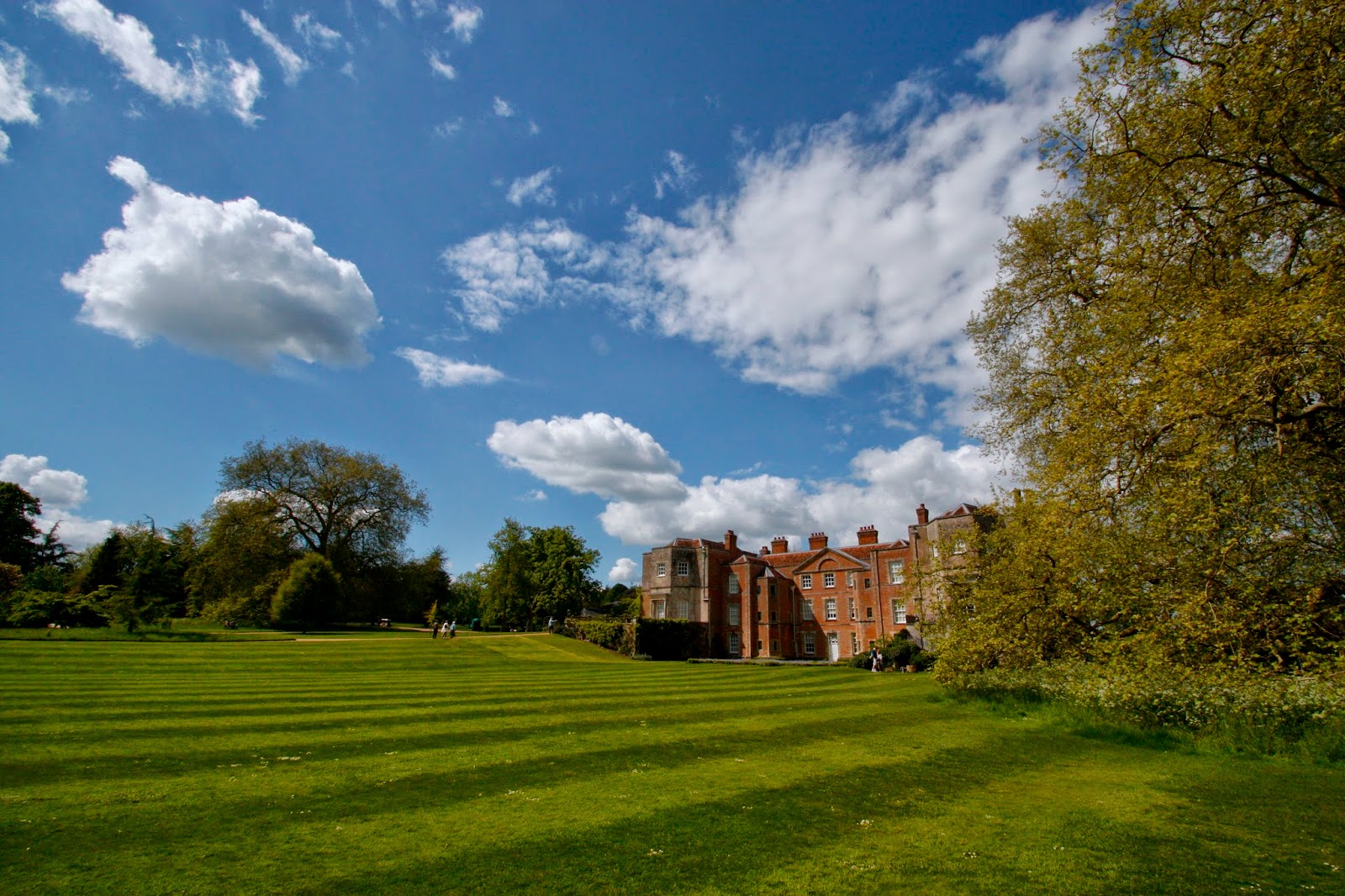On Monday night I was honoured to attend a rehearsal for the opening of Stonehenge's new exhibition 'Soldiers at Stonehenge'. We were not told much about it, just that it would be top secret, and that we couldn't post any photographs on social media until Wednesday morning. This made it extremely exciting and I knew I had to go along and find out more.
I spent the afternoon volunteering in the Neolithic houses, in which we have recently been allowed to light the fires. This makes it more pleasant to volunteer as the houses are so warm now, but the downside is that you leave your shift smelling like a bonfire. So when I hopped onto the bus that evening that were a few comments!
 |
| The Neolithic Houses |
When we got to the stones the light was fading fast, and while the event was being set up we all wandered around, illuminating different stones with our torches. Wandering amongst them was strangely eerie, and you'd feel someone behind you, only to look and realise it was another stone looming out of the dark. The sky was so clear, and the stars and moon shone brightly. The A303 was strangely not noticeable, and I really felt away from it all, and just surrounded by the stones and the stars. I've been to the stones many times before, but this was such a special experience.
Once the lights were all set up we reluctantly left the stone circle (they really are so hypnotic up close) and stood a distance away. On several of the stones footage was projected of the soldiers marching off to the war. Salisbury Plain was one of the largest training camps in the war, and many soldiers left there never to return. It reminded me of how many men had been lost, and why it is so important to wear a poppy and commemorate them.
 |
| The projection of the soldiers |
 |
| The Last Post |
Two soldiers played 'the Last Post' while the footage played, then we all fell silent for two minutes. It was very moving and I didn't mind that I couldn't feel my toes through the cold. I just felt so honoured and glad to be standing there peacefully on such a beautiful night.
The 'Soldiers at Stonehenge' Exhibition opened yesterday at the Stonehenge visitor centre, and is included as part of the visitor ticket.
http://www.english-heritage.org.uk/daysout/properties/stonehenge/discover/special-exhibition/soldiers-at-stonehenge-exhibition










































